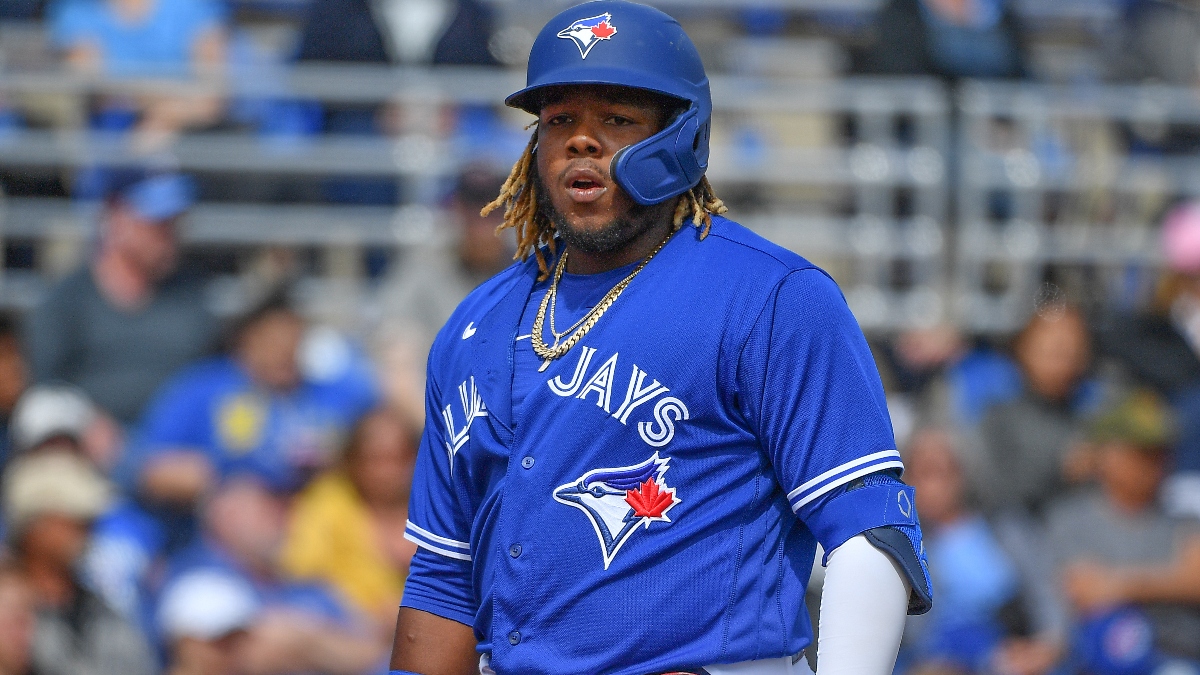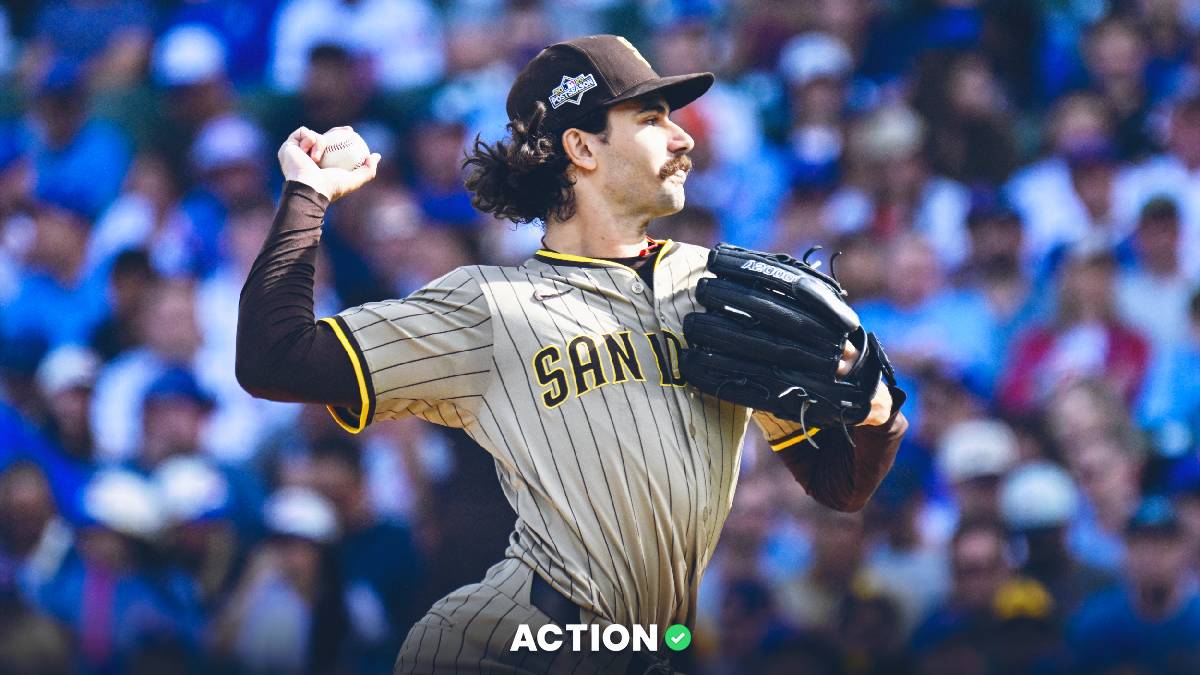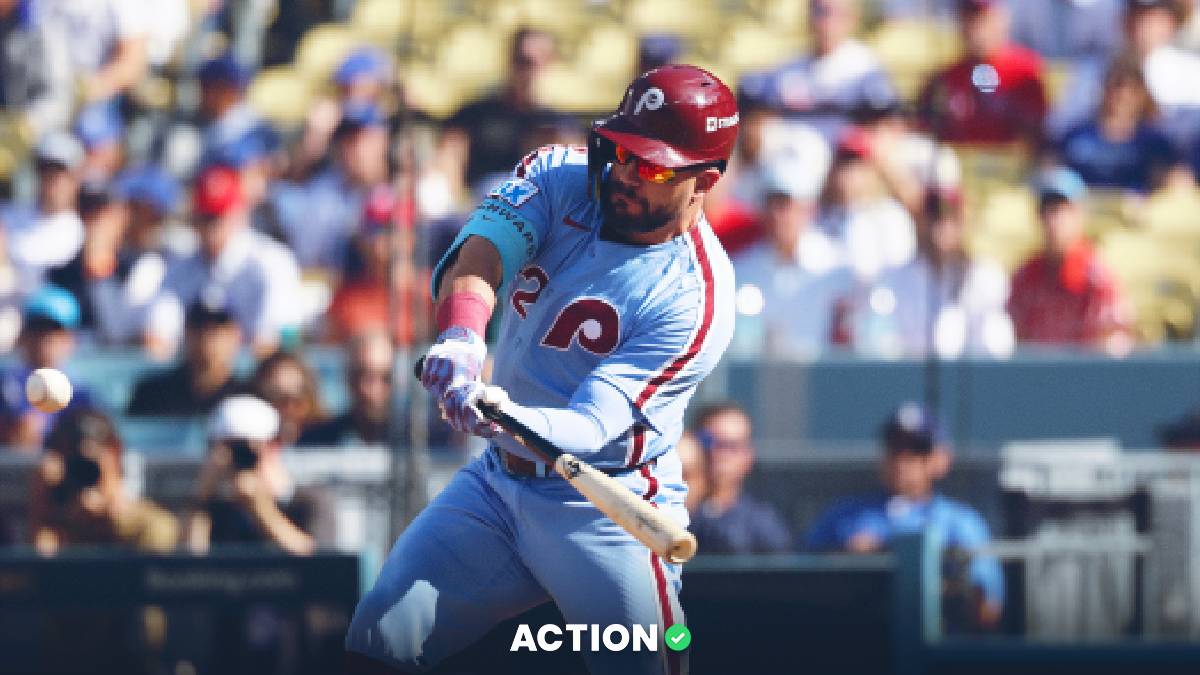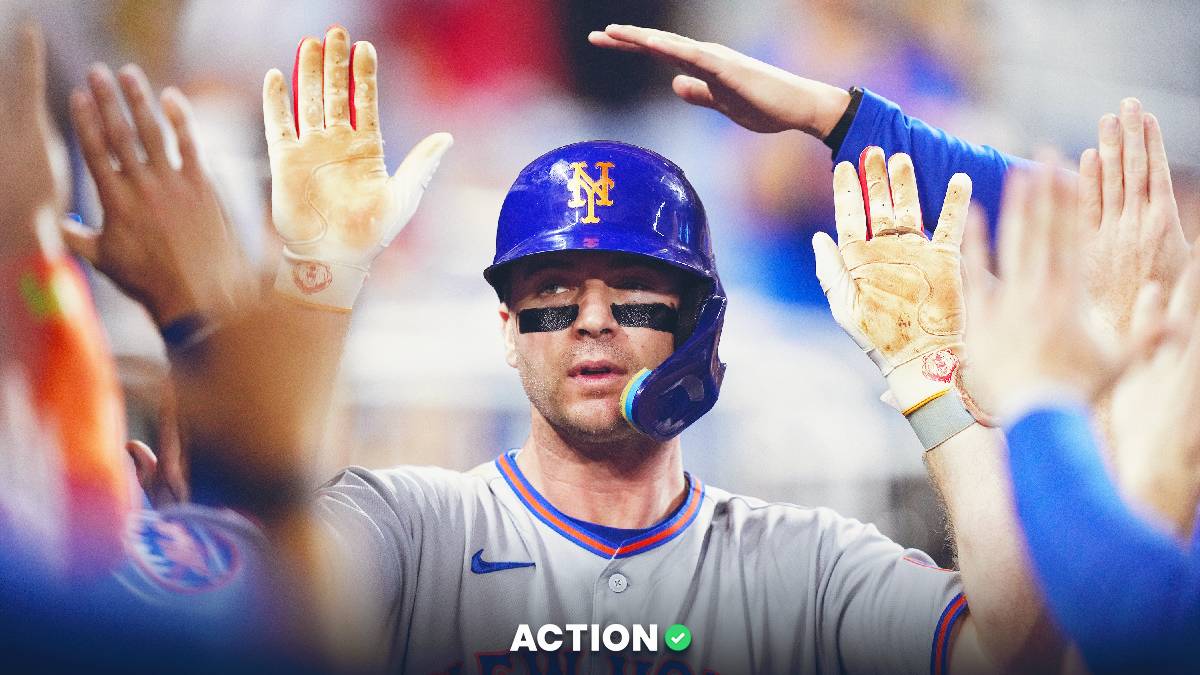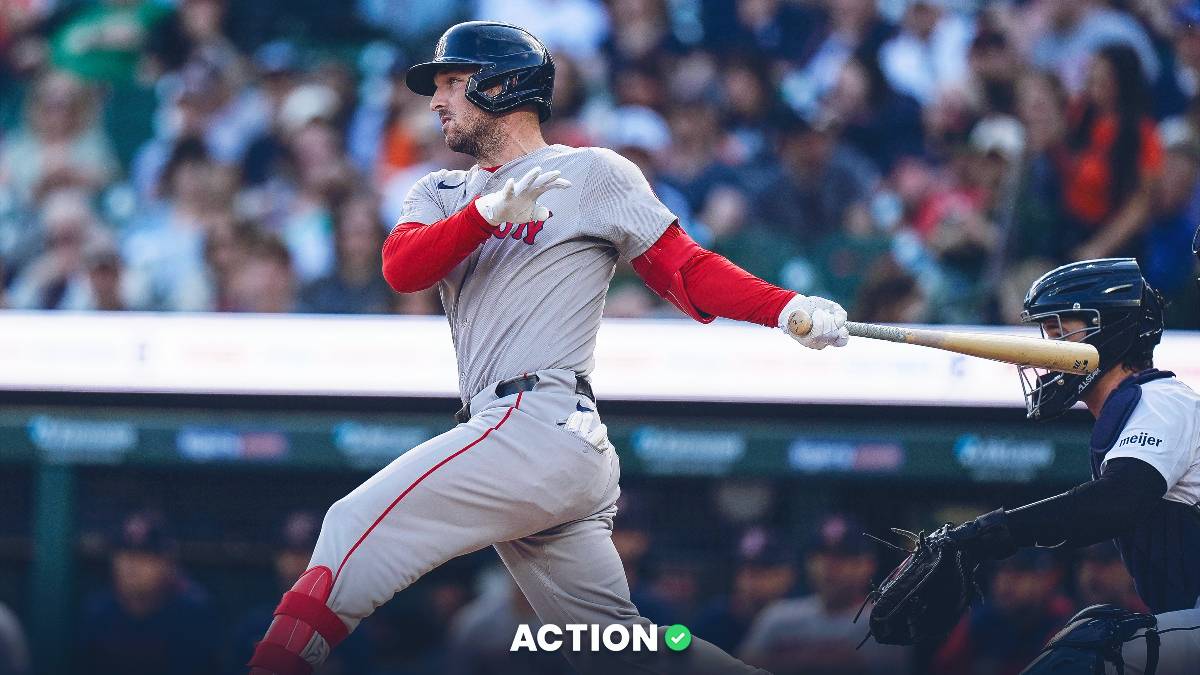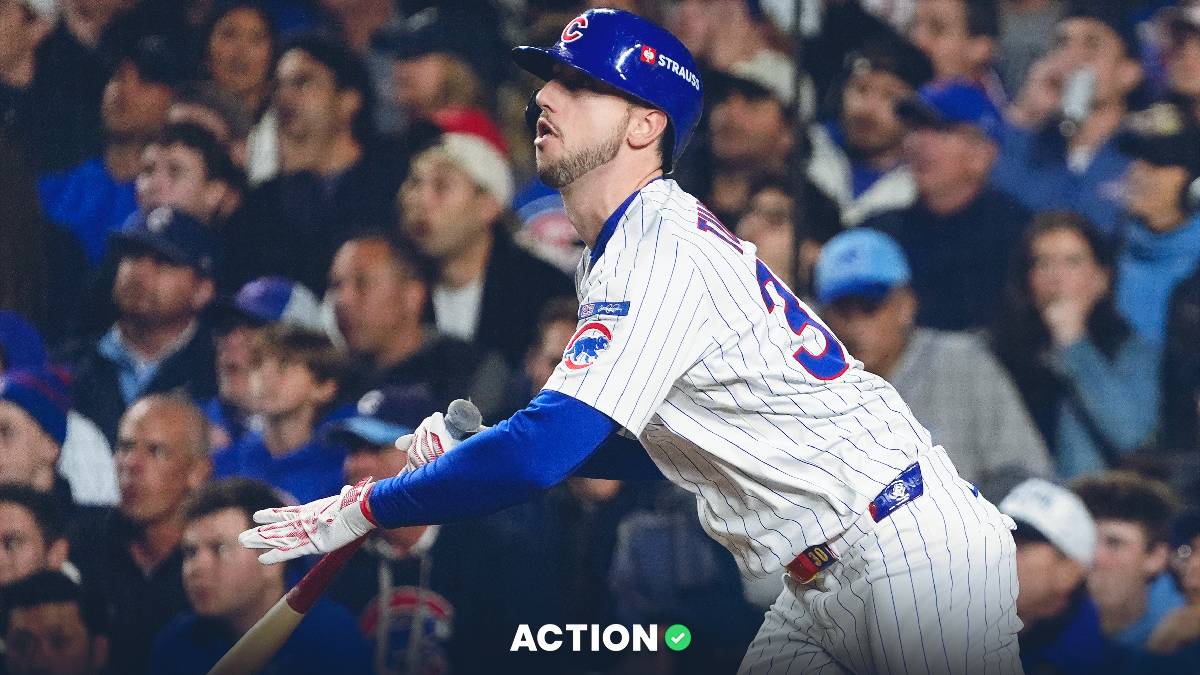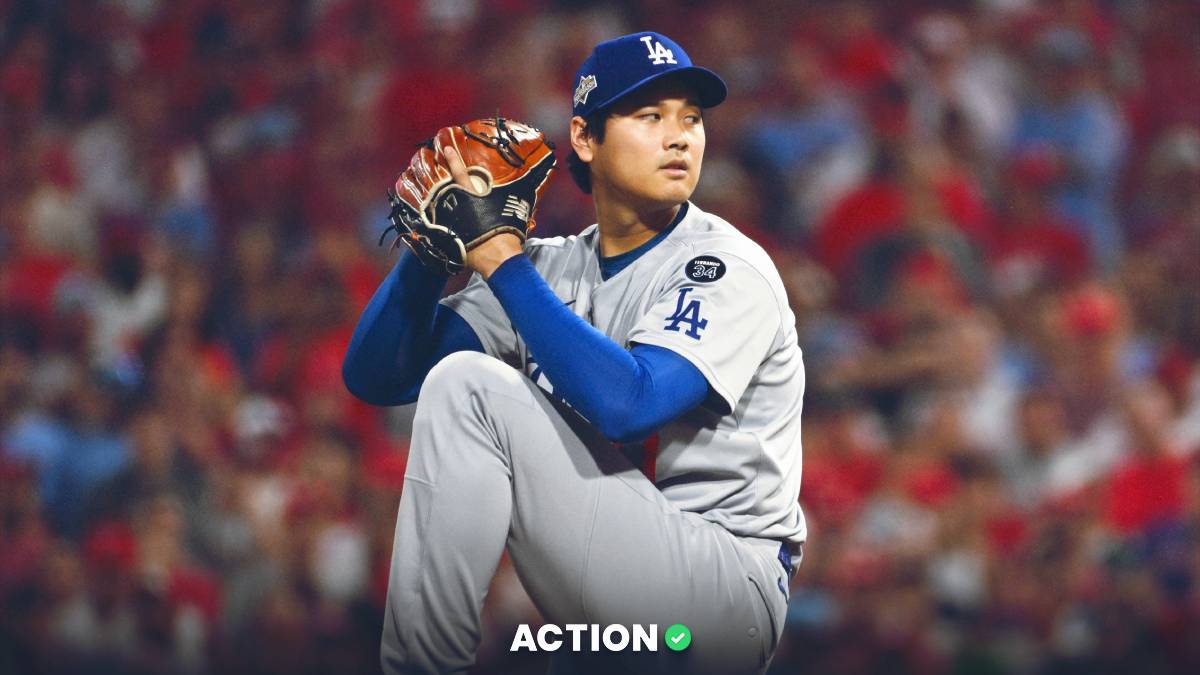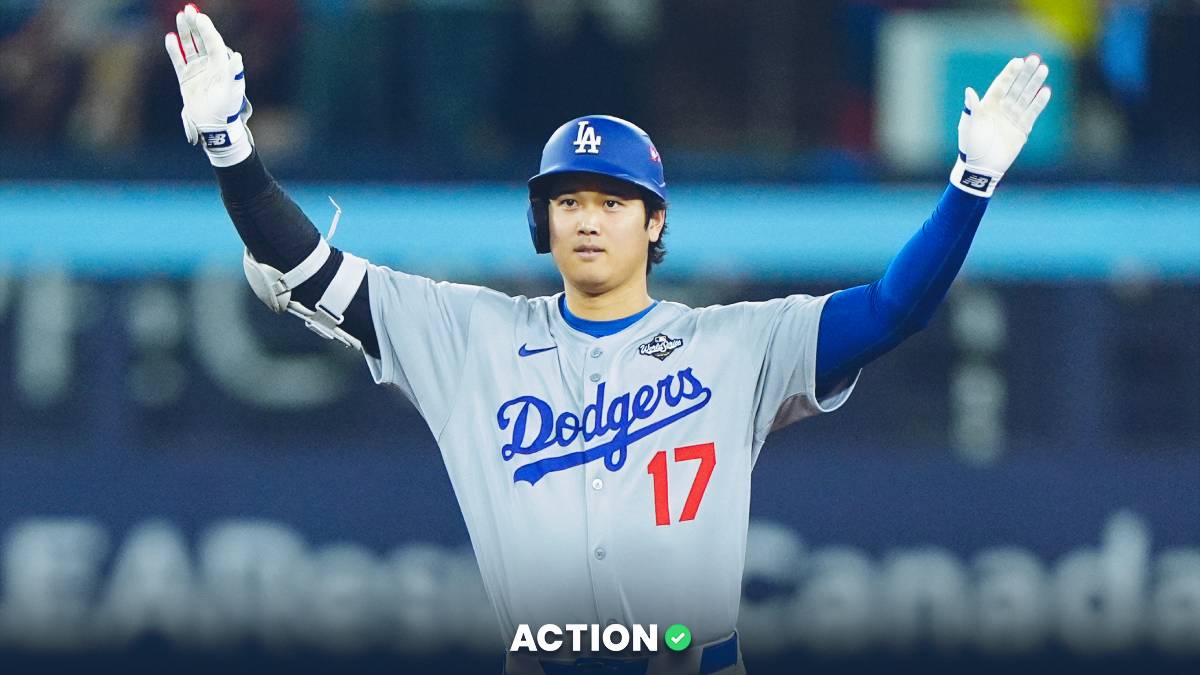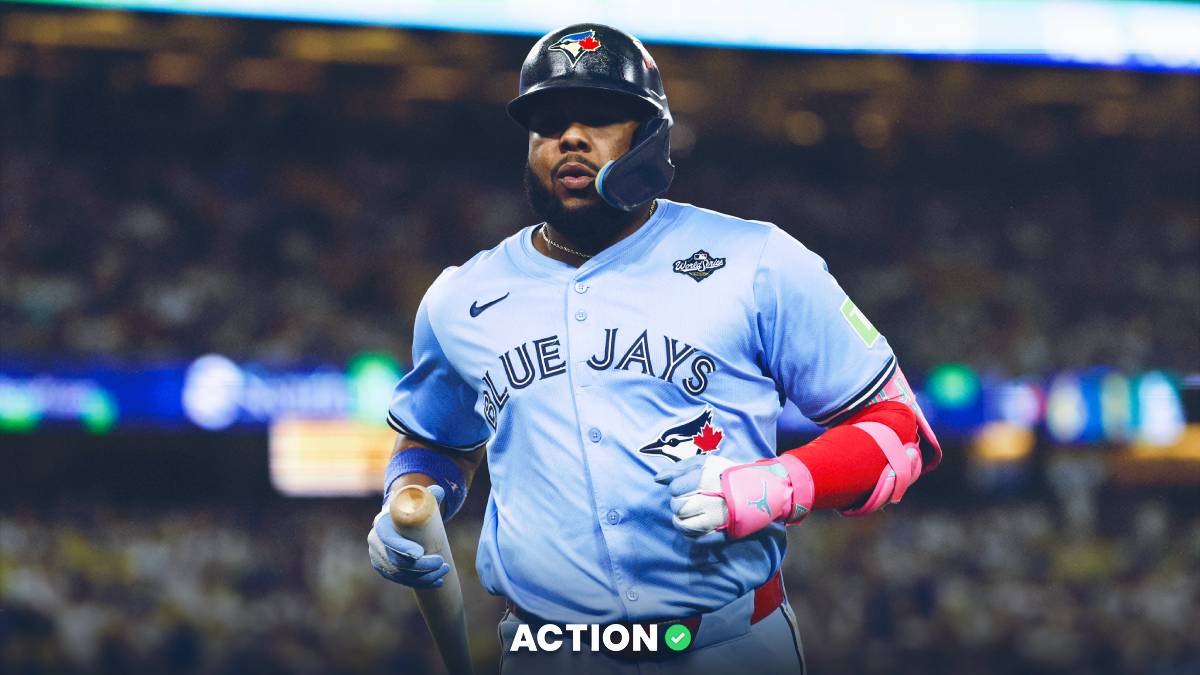As of Tuesday evening, it appears that Major League Baseball will move ahead with a 60-game regular season in 2020, followed by an expanded, 14-team playoff format.
The players are set to report one week from Wednesday (July 1), and after roughly three weeks of Spring Training, the regular season would then begin over the July 24-26 weekend.
At this point, it's worth taking a look at how the World Series futures market has evolved over the past several months, by measuring how the odds have moved and evaluating whether the late start and shortened schedule helps or hurts each club.
Below, you can find the updated 2020 World Series odds, alongside the listed odds from early February for each of the 30 teams.
I'll break down the biggest movers, from both a positive and negative perspective, but first want to provide some analysis on 60 game data samples:
| Team | Odds 2/5 | Odds 6/23 |
|---|---|---|
| Los Angeles Dodgers | +430 | +380 |
| New York Yankees | +375 | +400 |
| Houston Astros | +650 | +800 |
| Atlanta Braves | +1400 | +1400 |
| Minnesota Twins | +1800 | +1600 |
| Tampa Bay Rays | +2200 | +1700 |
| Washington Nationals | +1700 | +1700 |
| New York Mets | +2100 | +2200 |
| Oakland Athletics | +2600 | +2500 |
| Philadelphia Phillies | +2100 | +2500 |
| St. Louis Cardinals | +2200 | +2500 |
| Cleveland Indians | +2500 | +2600 |
| Chicago Cubs | +2800 | +2800 |
| Cincinnati Reds | +3000 | +2800 |
| Chicago White Sox | +3300 | +3300 |
| Los Angeles Angels | +3500 | +3500 |
| Milwaukee Brewers | +3300 | +3500 |
| Arizona Diamondbacks | +4100 | +4300 |
| Boston Red Sox | +3300 | +4600 |
| San Diego Padres | +4100 | +4600 |
| Texas Rangers | +8500 | +7000 |
| Toronto Blue Jays | +10000 | +10000 |
| Colorado Rockies | +10000 | +22000 |
| Baltimore Orioles | +100000 | +50000 |
| Detroit Tigers | +50000 | +50000 |
| Kansas City Royals | +50000 | +50000 |
| Miami Marlins | +100000 | +50000 |
| Pittsburgh Pirates | +15000 | +50000 |
| San Francisco Giants | +15000 | +50000 |
| Seattle Mariners | +20000 | +50000 |
How a Shortened Season Impacts Playoff Probability
A 60-game schedule, or 37% of a regular MLB season, is a middle-distance sprint opposed to the more typical ironman contest through the dog days of summer – but is it a significant number of games to ensure that the best teams come out on top?
Thankfully, the good people over at FanGraphs have already gone down this rabbit hole to an extent, looking at how playoff probabilities change in a shortened season.
In sum, ZIPS playoff probability projections increased significantly for the middle of the road and bad teams, and decreased substantially for the top seven clubs in a simulated 81-game season, as opposed to a 162-game schedule; with a typical playoff structure still in place.
Interestingly, the current top seven teams by World Series odds were the only seven teams to decrease by more than 10% in ZIPS playoff probability over a half-season; ranging from a -19.1% decrease (Atlanta Braves) to a -27.3% decrease (Los Angeles Dodgers), for an average loss of -23.1% (80.5% to 57.4%)
In betting terms, if you could wager on a YES/NO prop for whether a team would make the playoffs, ZIPS would have set YES at -7700 (implied 98.7%) for the Dodgers, and -950 (implied 90.5%) for the Yankees over 162 games; but it would make those odds -249 (implied 71.4%) and -172 (implied 62.3%) respectively for an 81-game season; a severe drop.
Indeed, their chances would be reduced even further with 21 fewer games to factor in.
Conversely, the Texas Rangers (+17.7%), Los Angeles Angels (17.6%), Chicago White Sox (+16.3%), and six other teams saw a double-digit percentage increase in playoff probability by cutting the season in half – which makes hunting for a World Series longshot and a team that previously would have just missed the Wild Card, more intriguing than ever.
2019 Splits
In practice, how can a season shake out over such a small sample of games, and just 12 turns through each pitching rotation, given the high-level of variance that already exists in baseball?
FanGraphs also attempted to answer that question by breaking down last season into 50-game splits.
Notably, the World Series champion Washington Nationals started 19-31, before playing at a 106-win pace through the remainder of the regular season. They went 35-15 over their best 50-game stretch.
Unsurprisingly, the best 50-game samples were generally held by eventual playoff teams, including the Dodgers (37-13), Yankees (36-14), Astros (36-14), A's (35-15), Twins (35-15), Rays (35-16), Cardinals (34-16), and Braves (34-16). The Cleveland Indians (36-14) were the only Top-10 team to miss the playoffs.
Half of those teams had a 50-game stretch where they played sub .500 baseball, however, and the remaining five teams (Yankees, Dodgers, Astros, Braves, Twins) managed to play .500 baseball, or better, in every rolling 50-game sample throughout the year.
Some bad or below-average teams, including the 78-win Texas Rangers (30-20), 77-win San Francisco Giants (32-18), and 71-win Colorado Rockies (30-20) managed to string together some surprisingly good runs; and any one of the three could have made a Wild Card bid with similar luck in a shorter season; especially with 14 teams in the playoff hunt.
The best teams in terms of pure talent will likely qualify for the 2020 playoffs, but based upon the data for 50-game samples from 2019 there would have been an average of 2.6 differences, relative to the actual playoff picture, for any rolling example of 50 games.
Interestingly, the betting market has largely failed to adjust to the increased level of expected variance.
Biggest Risers
Tampa Bay Rays (+2200 to +1700)
The Rays became a popular play to win the AL East, and consequently, to win the World Series, during Spring Training after the Yankees suffered a rash of early injuries.
The long break only helps the Yankees short-season roster, which, had the season had started in April, would be missing Aaron Hicks, James Paxton, Giancarlo Stanton, Aaron Judge, Gary Sanchez, Zack Britton, and others.
The Rays are a deep organization. Their advantages over the Yankees, and most other clubs, is their depth and roster flexibility thanks to their top-ranked farm system. The Rays can maintain an incredibly strong bullpen over the course of a 162-game season because they have a ton of quality arms to cycle between their major-league roster and the high minors. And they can withstand and replace any injured piece.
While the Rays no longer have to worry about limiting Tyler Glasnow – who was unlikely to pitch more than 150 innings over a full season – I could make the same argument about Paxton for the Yankees; especially since Luis Severino will miss all of 2020 following Tommy John surgery.
Paxton and Gerrit Cole are a formidable one-two punch come playoff time, and the Yankees' well-paid, dominant bullpen should be rested for the playoff push after a long offseason and playing 102 fewer games than expected.
I cannot think of a team whose divisional and World Series chances were harmed more by the delayed start and the shorter schedule than the Rays.
Texas Rangers (+8500 to +7000)
The Rangers were popular in the offseason betting markets after filling out their rotation behind Mike Minor and Lance Lynn, completing a trade for Corey Kluber and opening up the free agent purse for both Kyle Gibson and Jordan Lyles. They're also moving into a new stadium in 2020, and may not be done trying to add to their roster.
As I mentioned earlier, no team saw their playoff chances increase more in a shortened season than the Rangers, with their division-mate LA Angels close behind. Both sides are on the cusp of the Wild Card picture in the American League – firmly behind the Yankees, Astros, Athletics, Rays, and Twins, but better than or equivalent to everyone else.
The Rangers hovered around .500 for much of the 2019 season and stood at 54-54 on July 31. Their best stretch of baseball (30-20) was good enough to make the playoffs in a short season, and their pitching rotation is built to keep them competitive in every game.
I had locked in several offseason wagers on the Athletics to win the AL West, and while I think that they have certain advantages with a shorter schedule – since they do not need to monitor innings limits for star pitching prospects Jesus Luzardo and A.J. Puk – one of the Angels or Rangers has a strong chance at making these expanded playoffs. Both teams are likely undervalued in the betting markets.
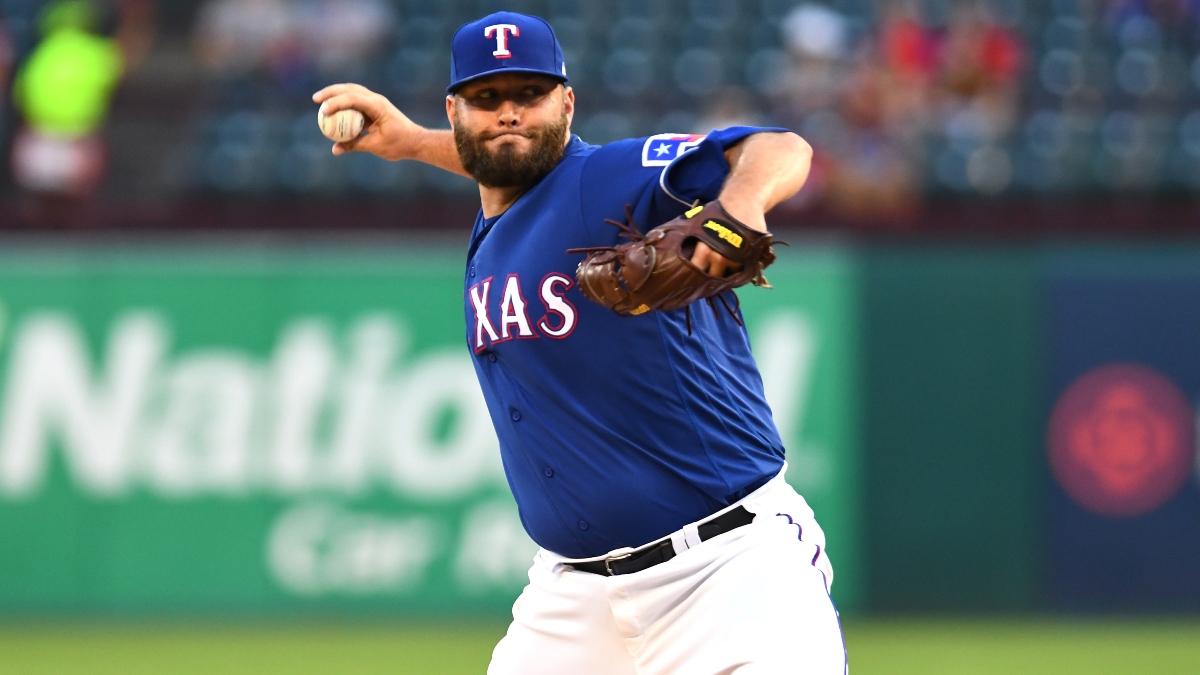
Biggest Fallers
Boston Red Sox (+3300 to +4600)
Chris Sale underwent Tommy John surgery in March, and the Red Sox rotation for 2020 now consists of Eduardo Rodriguez, a banged-up Nathan Eovaldi, the oft-injured Collin McHugh, free-agent signing Martin Perez, and 29-year old journeyman Ryan Weber.
There are numerous All-Star caliber players in the lineup, including wunderkind Rafael Devers, shortstop Xander Bogaerts and J.D. Martinez, and corner outfielders Andrew Benintendi and Alex Verdugo both have massive potential, between consummate gold glover Jackie Bradley Jr.
The Red Sox offense can certainly get hot and go on a sustained run, but how much better is their lineup than what a peak version of the Toronto Blue Jays, who have significantly better pitching, would look like?
Toronto ranked fourth on ZIPS' listed of playoff probability improvers (+16.7%) in a half-season; so they might be worth a dart throw given the overall upside of their roster.
Philadelphia Phillies (+2100 to +2500)
ZIPS also thinks that the Phillies' chances would improve with a shortened schedule, which makes sense given how close the NL East looks on paper.
Win totals initially put all four NL East contenders between 84 and 90 wins, so the projected margin from top to bottom would tighten to within three wins over the course of 60 games.
As a result, if the Phillies can get a boost from free-agent signing Zack Wheeler, and deploy Vince Velasquez and a somewhat shaky bullpen effectively for 60 games, they can undoubtedly surprise and capture the NL East crown.
A lineup that includes J.T. Realmuto, Bryce Harper, Jean Segura, and Andrew McCutchen, in addition to Rhys Hoskins and Scott Kingery – both of whom should improve in 2020 – can certainly get hot and the Phillies should not go overlooked in a small sample.
San Diego Padres (+4100 to +4600)
I had expected the Padres to fall into a similar bucket as the Blue Jays – a young and improving club whose playoff chances would grow in a short season. But it's the Rockies who get the most significant bump in the NL West, followed by the Diamondbacks and Giants.
In fact, per ZIPS the Padres playoff chances are harmed more by the short season than every team except for the top seven contenders – and they also cannot take advantage of a more extended schedule with their young and upcoming pitching depth.
Given the Dodgers consistency throughout the 2019 season, I'm still not interested in taking a significant shot against them to win the NL West – but if I did, I would look for a bigger longshot than the Padres.


